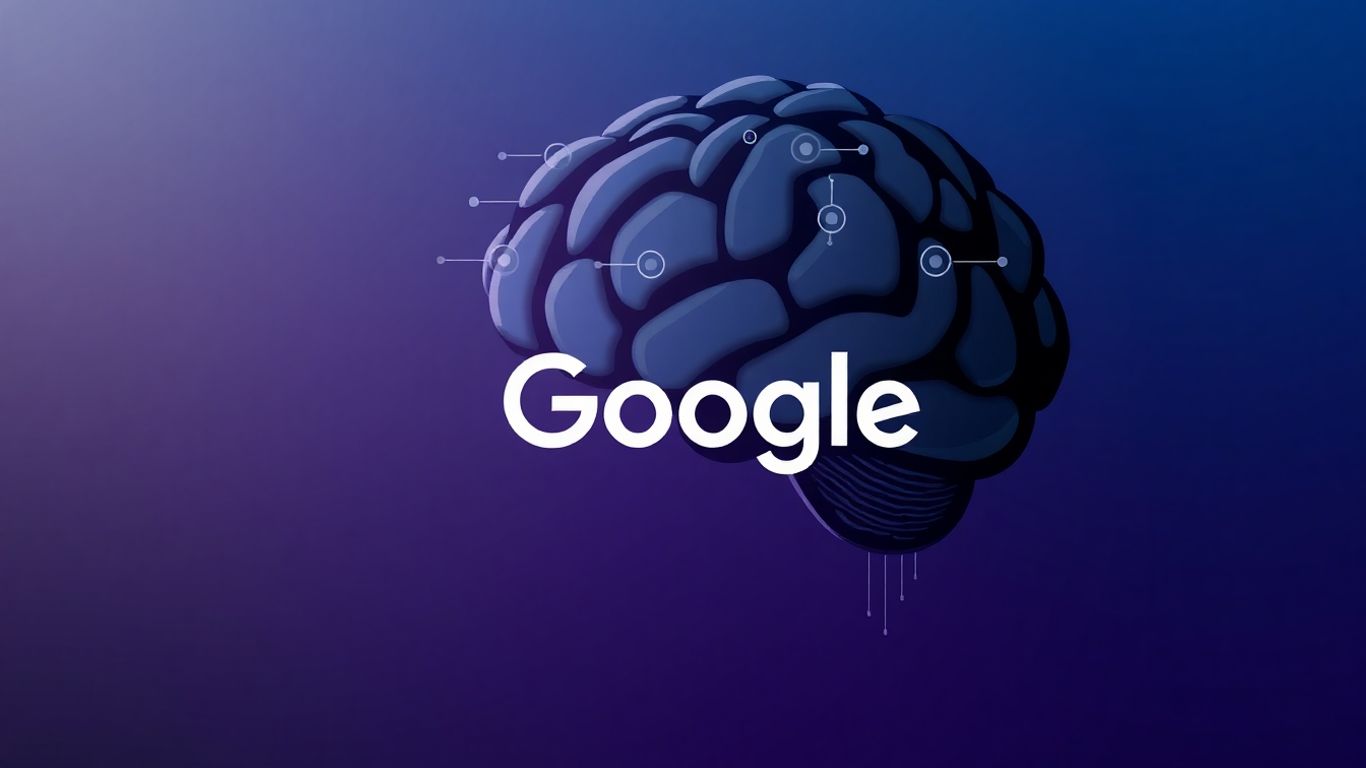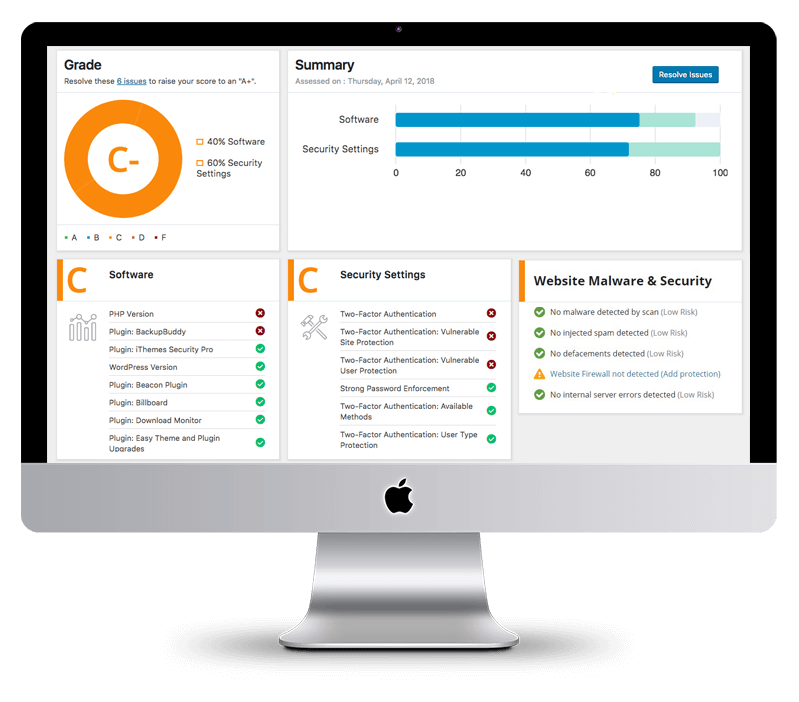Google’s AI Mode has officially landed in the UK, and it’s a pretty big deal for anyone with a website or involved in online marketing. This isn’t just a small update; it’s a whole new way of searching that could change how people find information online. Think of it as a more advanced version of what we’ve seen before, but with a much bigger impact.
What Exactly Is Google’s AI Mode?
So, what are we talking about here? AI Mode is Google’s latest search experience. It first rolled out in the US back in May, then tested in India, and now it’s here in the UK. When you search on Google now, you might see a new option to use ‘AI Mode’. If you switch to it, instead of the usual list of links, you get an AI-generated answer. It’s powered by Gemini 2.5 and looks a lot like getting an answer from something like ChatGPT. It’s designed to be interactive, meaning you can ask follow-up questions to get more tailored information.
Key Takeaways:
- AI Mode provides a direct, AI-generated answer to your search query.
- It’s interactive, allowing for follow-up questions.
- It differs from AI Overviews by being a standalone search interface, not just a summary at the top of traditional results.
- The potential impact is a significant reduction in clicks to websites.
AI Mode vs. AI Overviews: What’s the Difference?
People might be wondering how this is different from the AI Overviews we’ve already seen. Well, AI Overviews are usually a summary that appears at the very top of the regular search results, with the familiar ‘ten blue links’ still below. You can often skip over an AI Overview if you want to get to the links. AI Mode, however, is different. It’s a full AI-generated answer, and you have to actively choose to enter it. While AI Overviews might give a summary with a few links, AI Mode aims to give you the complete answer right there. The big similarity is that both can answer informational queries without you needing to click through to a website. The key difference is that AI Mode is built for conversation – you can ask follow-up questions, making it much more dynamic.
How Does AI Mode Look and Feel?
When you use AI Mode, it often looks like a blog post. You’ll see a main AI-generated answer on the left, and on the right, there’s a list of cited sources. For example, searching for ‘what is a mortgage’ might bring up information from NatWest and Lloyds Bank. You can then ask a follow-up question, like ‘What kind of mortgage can I get if it’s my first house purchase?’ The AI will then search for relevant information and provide another tailored answer. It feels very similar to using ChatGPT, but Google is aiming for a more neutral and objective tone. Unlike ChatGPT, which can become quite personalized and conversational, AI Mode is designed to be straightforward and factual, almost like reading a third-party blog post written by AI.
Will AI Mode Stay Neutral?
That neutrality might not last forever. Google has access to a lot of your data through your Google account – your emails, calendar, past purchases. This information could be used to personalize AI Mode results, making them less neutral and more subjective based on what it knows about you. Plus, it’s almost certain that Google will find ways to integrate ads into AI Mode. When ads are involved, neutrality can be a bit questionable because of the ‘pay-to-play’ aspect.
The Impact on Local Businesses
For local businesses, especially those relying on ‘near me’ searches, AI Mode could be a big change. If you search for something like ‘best mortgage broker near me,’ AI Mode might pick up your location and list the top brokers. It summarizes information about each business, pulling details from across the web. This means you might not need to visit multiple websites to compare. The problem for businesses is that this condensed information means fewer clicks to their actual websites. This is especially true if your business relies heavily on branding and visuals, as AI Mode is primarily text-based.
Adapting to the New Search Landscape
Google’s AI Mode is essentially trying to shorten the buyer’s journey. It answers questions faster, meaning users don’t have to visit several websites. The hope is that the traffic that does click through will be more qualified because users have already read information about the business. So, the focus for businesses needs to shift. Are you visible enough in AI Mode? Is the information presented compelling enough to still get clicks? And most importantly, does that traffic convert into actual business? It’s less about just generating sheer volume of traffic and more about attracting the right traffic.
Strategies for AI Mode Visibility:
- Technical SEO: Ensure your website is technically sound, with fast loading speeds and no errors.
- Content Optimization: Rephrase and cluster content to be relevant to AI searches. Understand the ‘query fan out’ technique, where AI runs multiple related queries in the background.
- Brand and Sentiment: Focus on your brand’s reputation, positive reviews, and how other websites talk about you. AI Mode pulls from various sources, including review sites, news articles, and even social media.
- PR and Citations: Build a strategy around getting your business mentioned and cited by reputable sources.
Is It Time to Panic?
It’s understandable to feel a bit of panic, especially if you’re seeing your website traffic drop. However, this shouldn’t be a paralyzing panic. It needs to be a productive panic – one that leads to action. Burying your head in the sand won’t help. The good news is that AI Mode isn’t the default search yet, and you have some time to prepare. While Google plans for AI features to become the default, the current usage is around 1-2% of total searches. This gives you a window to start planning, have conversations with stakeholders, and update your strategy. If you’ve already seen impressions rise while clicks fall with AI Overviews, you know this trend is likely to continue. The focus must be on ensuring the traffic you do get converts.
The Future of Search and AI
Looking ahead, the landscape is changing rapidly. Companies like Meta are investing heavily in ‘super intelligence,’ aiming for AI that can do almost anything. This points towards a future of hyper-personalized assistants that know everything about you. While this sounds advanced, it’s all driven by data and the desire to serve better advertising. The race is on for companies like Google, Meta, and OpenAI to control this data and provide these personalized experiences. This means search might eventually be integrated into personal assistants and browsers, with companies building their own search indexes. The core advice remains the same: strong SEO, a solid brand, and positive customer sentiment are more important than ever. It’s about making your content as relevant as possible to the customers you want to attract, as the delivery of search evolves from Google’s AI Mode to a more integrated personal assistant experience.
Final Thoughts
AI Mode is here, and it’s going to impact how people find information online. While it’s natural to feel concerned, the key is to turn that concern into productive action. Focus on the fundamentals: strong technical SEO, compelling content, and a positive brand reputation. By understanding how AI Mode works and adapting your strategy, you can navigate this new search reality and continue to connect with your audience effectively. Remember, it’s not about panicking, but about proactively preparing for the future of search.

Rodney Laws is an ecommerce expert with over a decade of experience helping entrepreneurs build and grow online businesses. He specializes in reviewing ecommerce platforms, optimizing user experience, and guiding brands toward higher conversions. His insights have been published on leading industry sites including UsabilityGeek, G2, Spendesk, and PPC Hero.
As the editor at EcommercePlatforms.io, Rodney combines hands-on knowledge with clear, actionable advice to help business owners choose the right tools and strategies. When he’s not testing the latest software or analyzing trends, he’s sharing practical tips that make complex ecommerce decisions simple.




